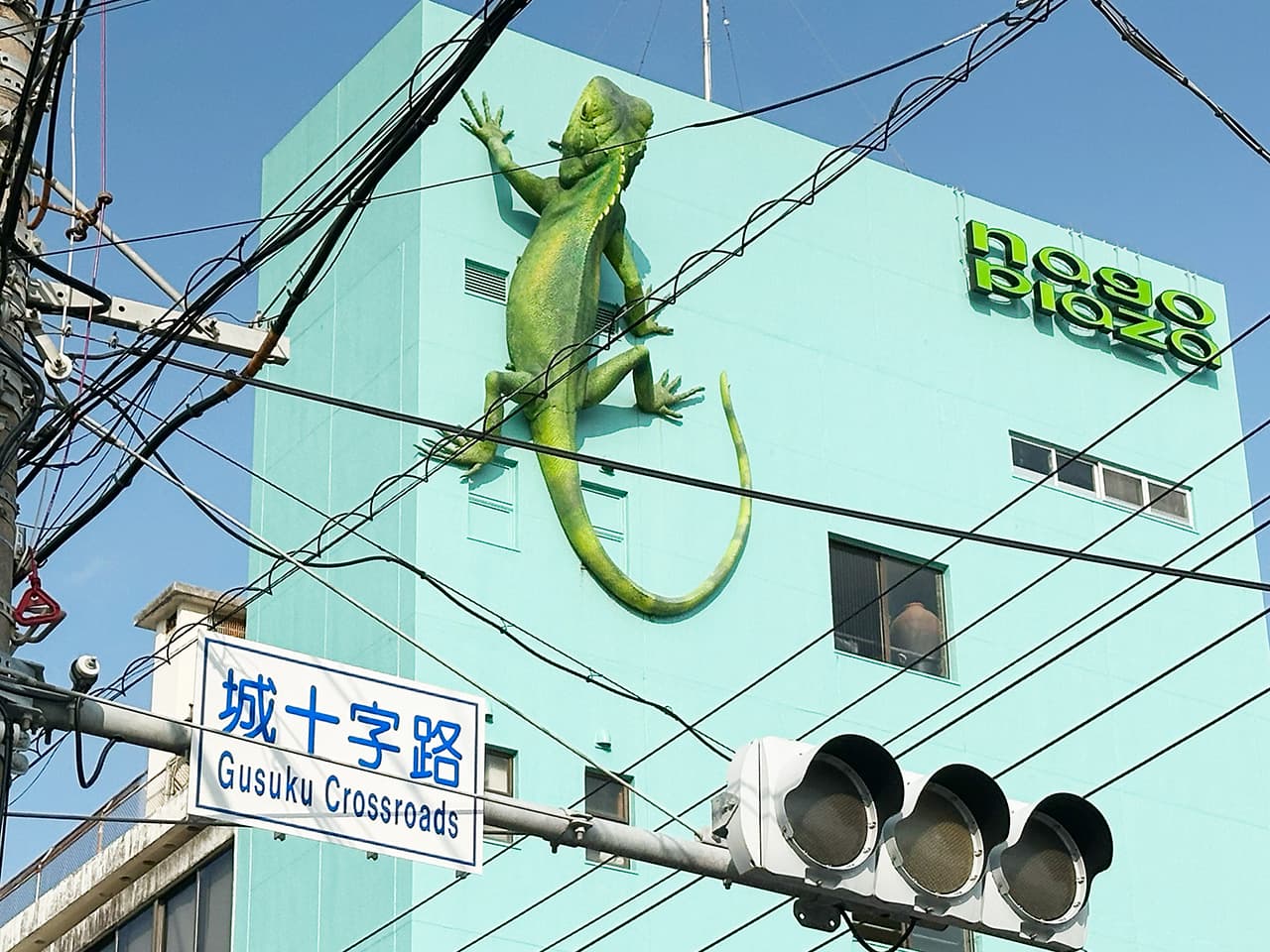The last winner of the Negishi Racecourse
What do horses, an abandoned building, and U.S. military have in common? Read this report from a hill on the outskirts of Yokohama.
After a sweaty hike up some ridiculously steep hill, I was hoping to cool down for a bit, but right on top of the hill I ran into another trap. Hordes upon hordes of white and pink cherry blossoms, their petals like little wind-powered missiles blasting directly at my face. Damn cherry blossoms everywhere, perfect for some colorful photos! But there was no time for distractions, I had to hurry up — I only had 36 slots in my film roll and the sun was already starting to sink.
Breaking through the sakura melee, I sneaked past a U. S. military housing complex (yeah, I’ll get back to this later) and finally reached the castle. The ginormous three-headed monster of a castle, unlike any other in the Kingdom of Japan.
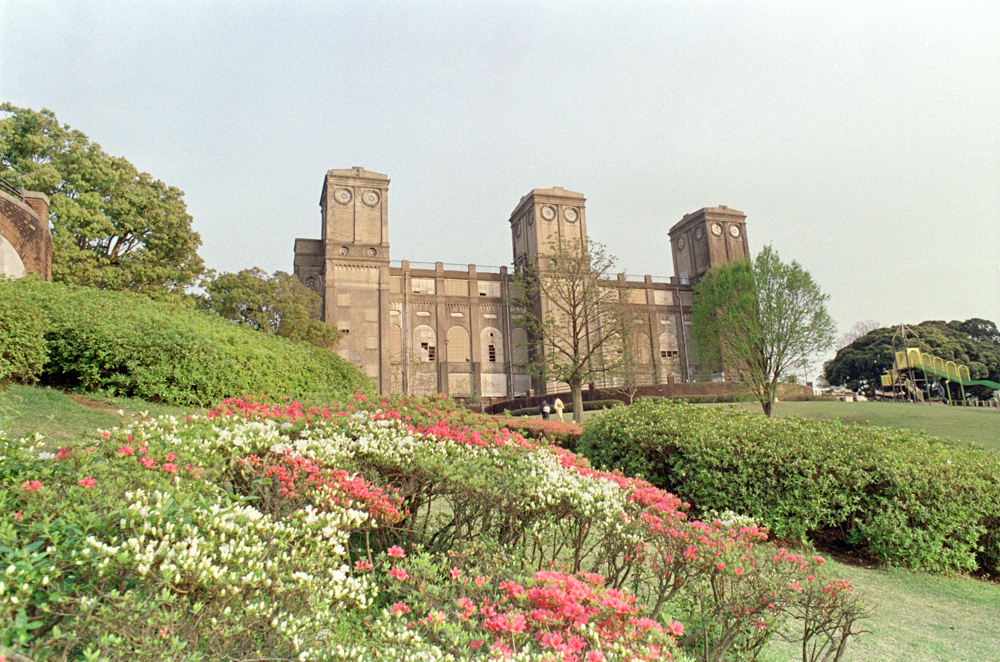
All jokes aside, this isn’t really a castle (and neither a three-towered Notre Dame). It does look like it at first, but history tells us a different story.
This building was once the first class grandstand of the first Western-style horse-racing track in Japan. Located in Negishi on the outskirts of Yokohama, it is now in ruins, ivy creeping up its walls, but like a winner, it still proudly stands as the only surviving structure of the old racecourse.
Since 2009, it has been certified as Modern Industrial Heritage by the Ministry of Economy. At the time of this writing, there are no concrete plans for restoration. The interior is in advanced state of deterioration. As such, entry is prohibited, unfortunately. It’s surrounded by a very sharp looking fence and monitored with security cameras (unless you’re a ninja, I discourage you from trying).
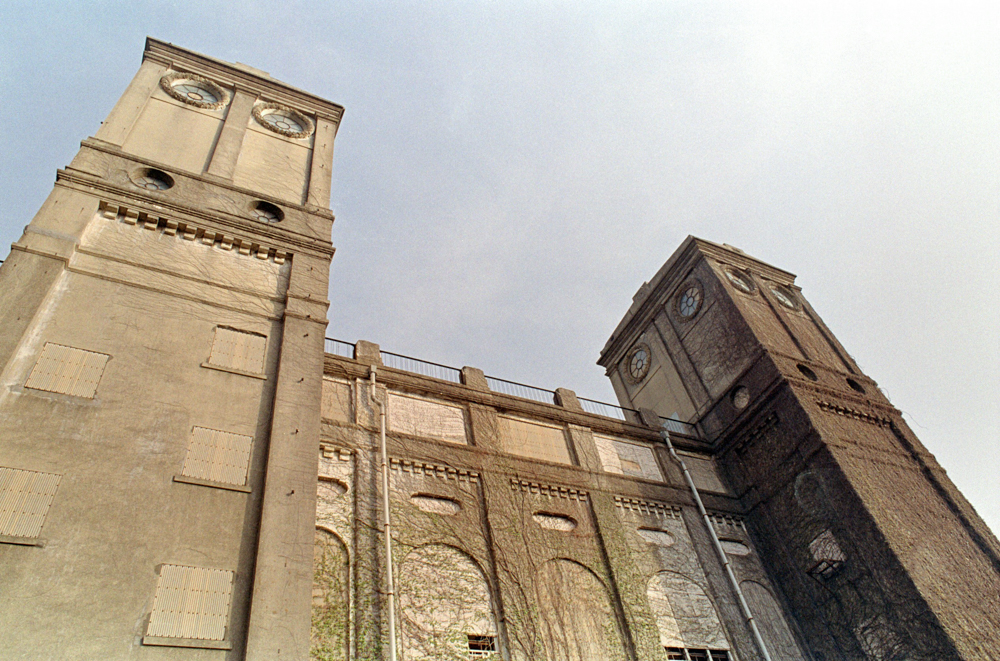

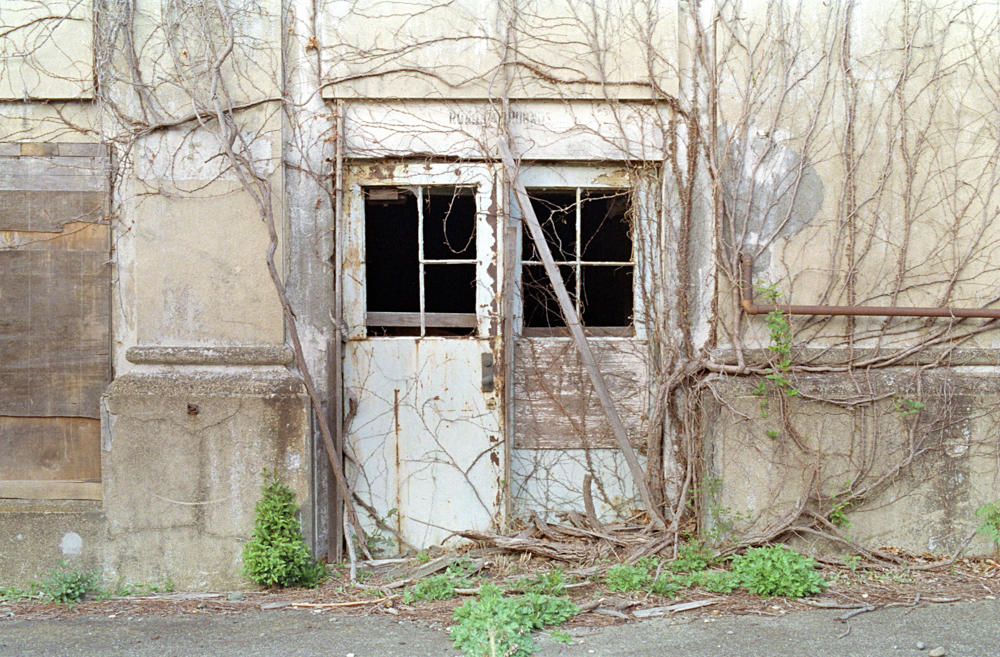
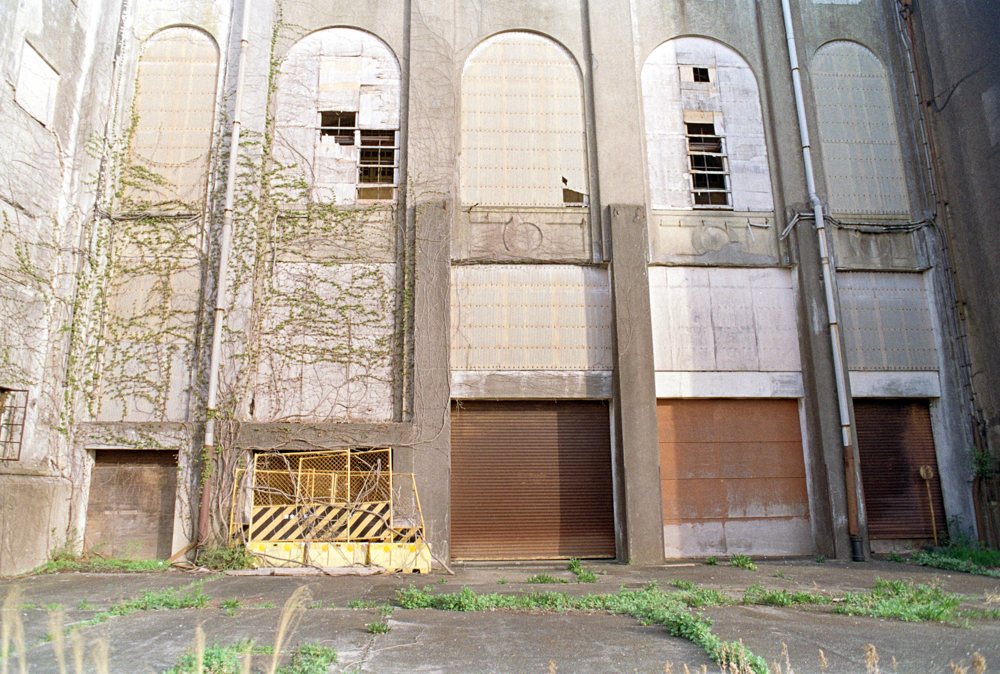
The view you see from the lawn is actually the back side of the grandstand. The front side with the bleachers is still visible, but only partially because of the adjacent restricted area.
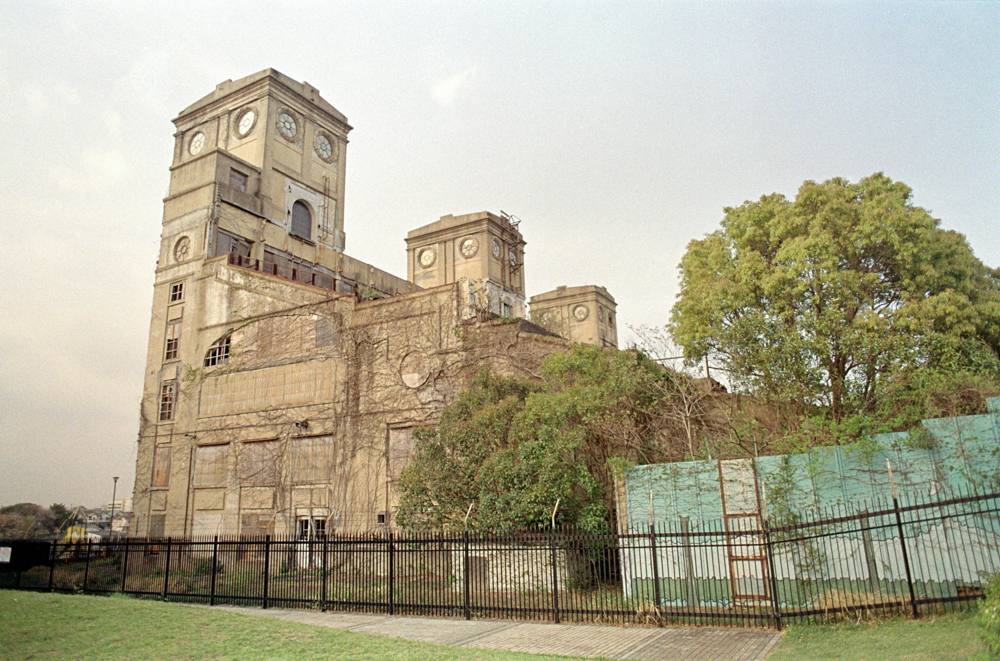
Luckily, Google comes to the rescue and shows us what the front side looks like from the sky today.
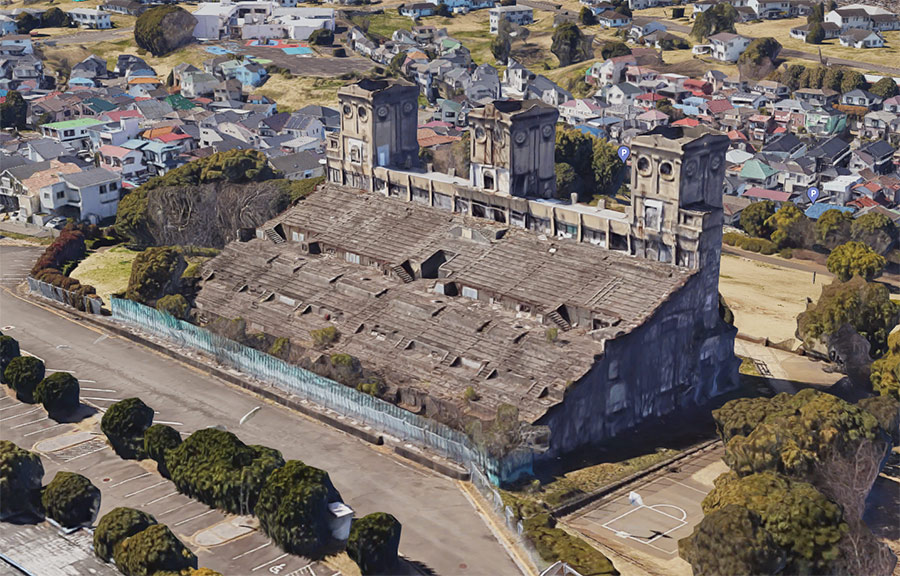
The Negishi Racecourse complex has a long history — initially intended as an entertainment venue for the foreign community, it was built in 1866 (at the very end of the Edo period) and used for horse racing the following year.
In 1923, the original main grandstand which was made of wood at the time, was destroyed by the Great Kanto Earthquake.
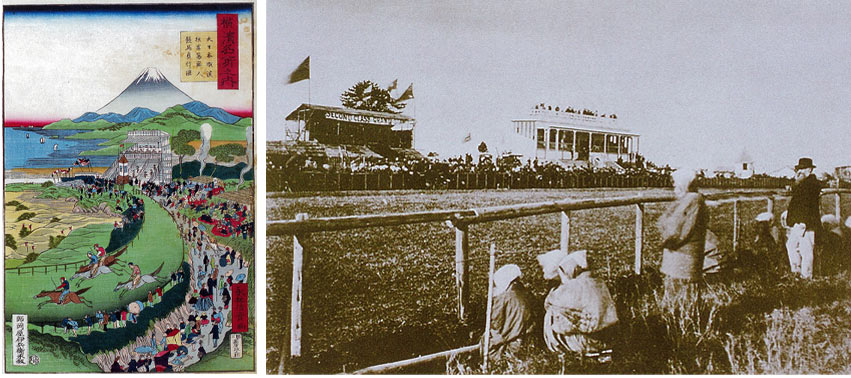
The stand that replaced it — the one that still exists today — was built in 1929 and is the work of an American architect Jay H. Morgan. He proposed an earthquake-resistant structure with a steel frame and reinforced concrete that does not put weight on the roof, and succeeded in reducing the number of columns inside the building. This enabled the spectators to have a good view of the entire course.

There was something peculiar that caught my attention: the design of the three towers. Look carefully — what does it look like to you?
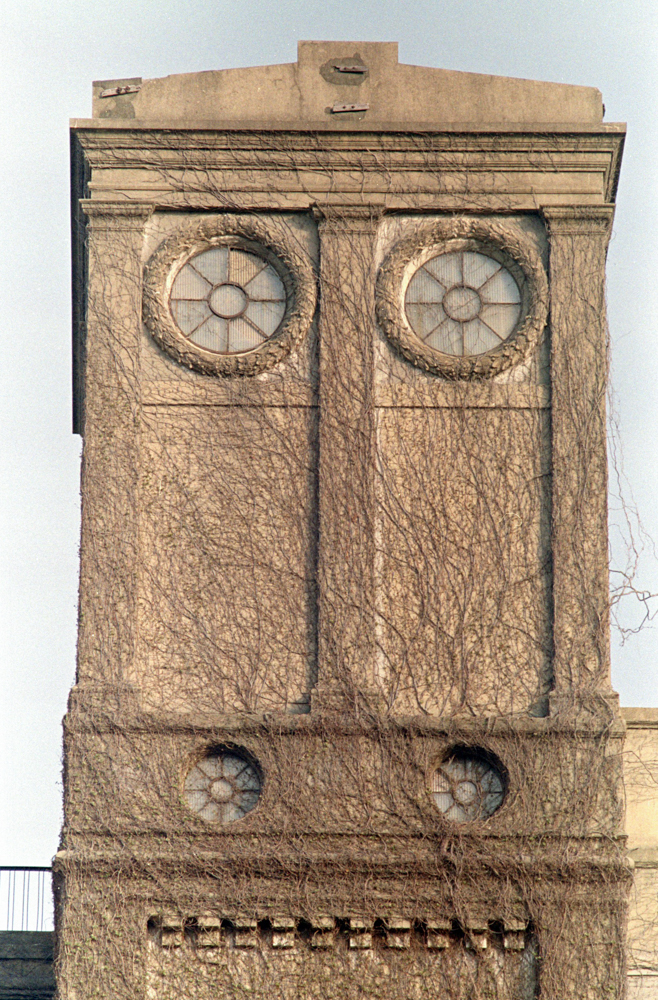
Two eyes? A long nose and nostrils? A face maybe? A face of a horse, of course!
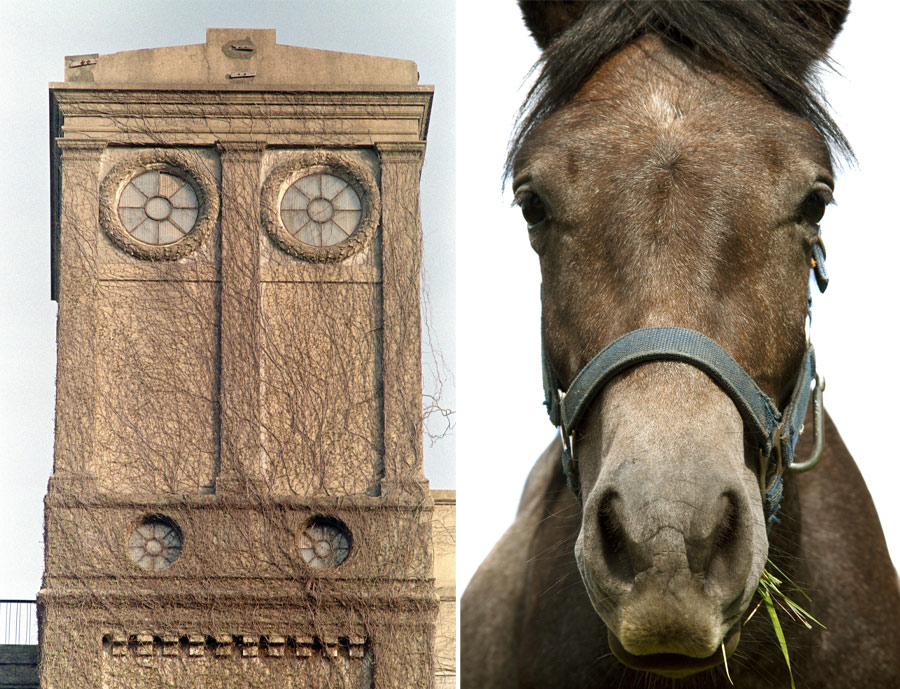
Now, I’m not sure if this is just my imagination or if Morgan did in fact intend to design a stylized horse face. I wasn’t able to dig up any information about this, but since this was a horse racing track, I’m convinced it is what I think it is!

Horse racing at this place continued for 76 years until it came to an end during wartime in 1942. That year, the racecourse was claimed by the Imperial Japanese Navy for the reason that the area overlooked the Yokosuka military port which posed a risk in terms of counterintelligence. A closing ceremony was held in 1943. The building was turned into a printing factory for confidential documents and also used as housing for Australian prisoners of war.
In 1945, the entire area was seized by the U.S. military and transformed into a residential district and a golf course. The grandstand became the central administrative hub. General MacArthur used the facility’s printing presses to print over 450,000 surrender documents in English, Japanese, and Korean to be distributed across the country.
Finally, in 1977, most of the site was redeveloped and opened as Negishi Forest Park.
Today, the area around the grandstand is a very calm park offering a spacious lawn, children’s playgrounds and other spaces for recreation, with a great panoramic view to boot. It’s a place where locals come to walk their dogs. A far cry from the once-turbulent history.
As I exited the park, I turned around and snapped one last shot.
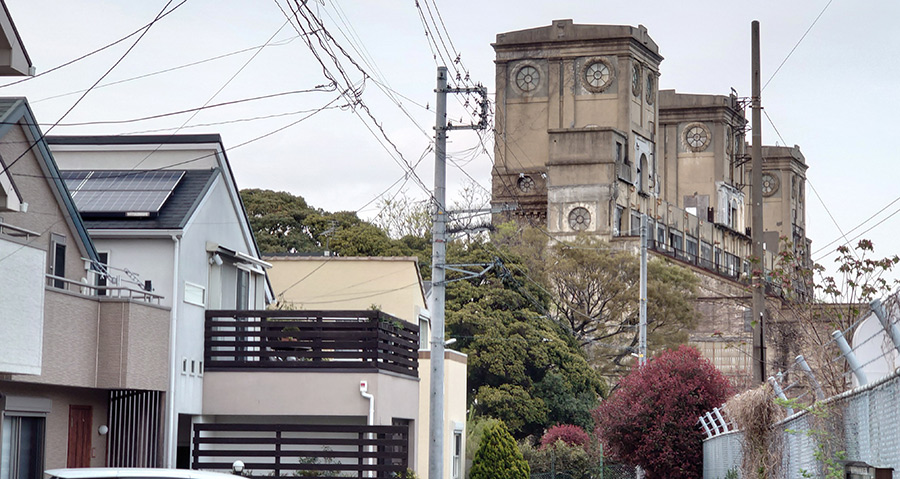
Going down the road, on my left side I was passing the now-closed residence complex of the U.S. military (the Negishi Naval Housing Annex) — this is the restricted area that’s just behind the grandstand. It looked quite abandoned actually, with grass and weeds clearly taking over the place, but I’m sure it still serves some purpose. However, save for the numerous “no trespassing” signs, there was no other indication that anything was going on behind the fence.
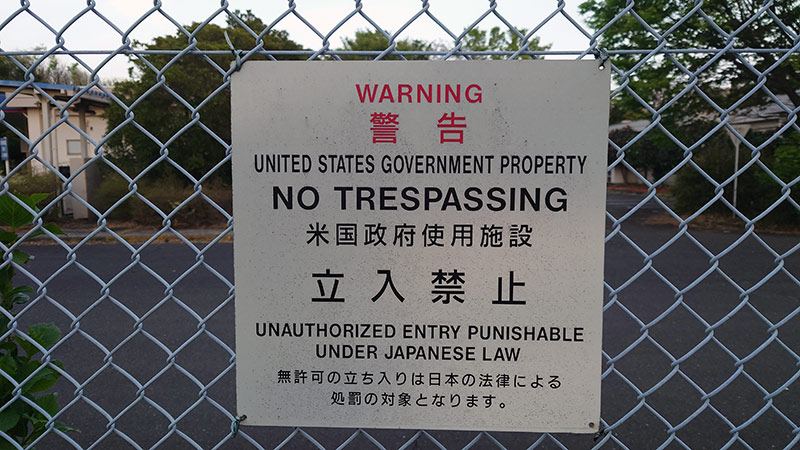
Just when I was about to cross a road to go downhill towards the station, I got distracted by a pink newspaper vending machine. And it wasn’t serving Asahi Shimbun — but instead, hot off the press Stars and Stripes. But alas, I didn’t have a dollar with me to buy it.
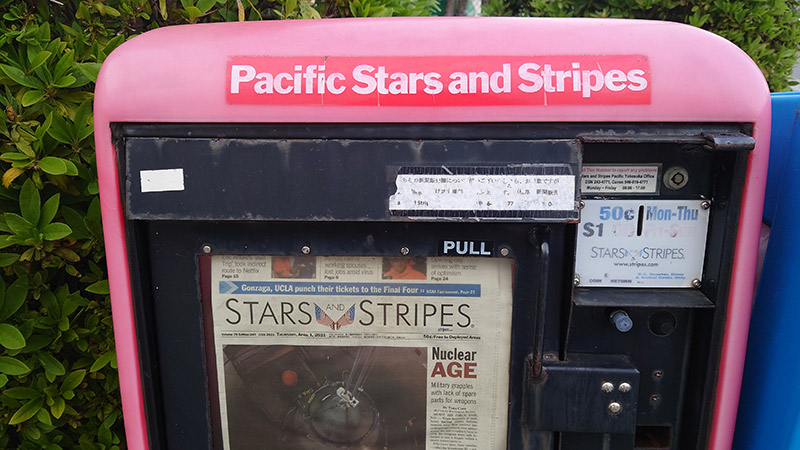
Going back home on train, I wondered what will the grandstand look like hundred years from now. What will be inside? A museum of oddities from the 21st century? A haunted house? A secret lab of a mad Japanese scientist? Will it still be there at all? I would like to receive a postcard from future Japan.
